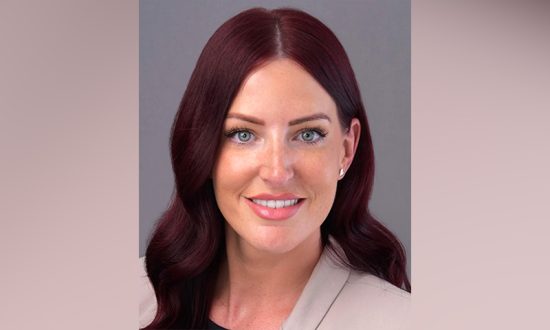Samantha Evans has been a teacher in the UK and internationally for 10 years now, and alongside this, she works as a Contemporary Artist and Designer. She graduated from University of Creative Arts with MA in Design, and BA Hons. in Fine Arts. Throughout her artistic career, Samantha’s work has changed drastically. Her university years saw huge sculptural installations, and more recently, her work will flitter between large abstract textured paintings that explore colour, or in some cases the absence of colour, to muted figures that express femininity and beauty. Samantha’s design work, however, differs completely and is heavily inspired on the rawness of Young British Artists, mixed with a sprinkle of a brash and bold Pop Art inspired colour pallet.
The archaic idea of creative subjects being of lesser importance than their academic peers is something that I have fought against since my very own academic journey. Thankfully, it is a view that has changed significantly since that time. This does not mean that our fight is over. We are still in a time where education will put more focus on ‘core’ subjects which changes depending on schools. These core subjects have a much greater weighting when it comes to exam results, league tables, inspections, and essentially the perception of the educational facility.
Not all students are mathematicians, physicists, linguists, or even creatively gifted, but we need to ensure that we are giving oxygen to their spark, and igniting the fire for their passions, irrelevant of what they may be. All subjects hold equal value, not in the terms of tables and results, but for the development of individuals, not just students, but human beings with dreams. A child’s education needs to allow for a space where they can explore a world full of possibility, which is vital from the offset of their educational experience, before it is pushed aside, repressed, or just seen as a hobby. As children grow, they are on a continuous journey of finding out their own identity, and the Expressive Arts allow them to express themselves and support this development.
Growing up I was fortunate enough to have a family that supported my decisions in exploring the artistic route even though I was academically flourishing. I went from an aspiring lawyer to an Artist and Designer. Parents will all have their own hopes for their children and a lot will have already mapped out their career, pretty early on, from a place of love. I can only imagine the fear when a trainee doctor might turn around to their parents and say they want to pursue a career in design. From a very young age children will show you where their interests are. I was never seen without a pen or pencil, sketching somewhere in the house, and not much has changed a few decades later. If students can combine success with passion, they have a recipe for a fulfilling career.
Creative subjects connect us to life. The relationships between history, politics, and creative modes are crucial for understanding, accepting, and questioning beyond what we already know. The Arts cannot be taught in the same way as say Maths and Science as it requires your whole self to be part of the creation, which is an entirely different realm of skill and thinking.
The Arts teach us how to be self-critical, question ideals and views, portray this through different mediums. It brings out resilience in students through the accepting of criticism and teaches them how to review and refine their work following feedback. Resilient people are also very employable and make the best entrepreneurs. Students’ ability to accept criticism is a fundamental skill that they will need for the rest of their lives.
Creative subjects develop numerous amounts of life skills within students such as courage and communication. Expressive Arts give them a space to make brave and bold decisions alongside developing communication, not just through verbal communication. Through dance and music, students have opportunities to express themselves both verbally and non-verbally.
Working within the creative areas in schools allows students to become excellent team players as they are continuously required to critique, support, and offer advice to their peers. Similarly, the Arts foster independent learners as it requires them to thoroughly investigate, explore and meaningfully present their responses through trial and error. Above all, the Arts teach students how to deal with the world around them. It allows them to explore religion, different cultures, and experience historical traditions imbuing them with an empathetical understanding.
Throughout my teaching career, I have come across a plethora of viewpoints and rationale for choosing creative subjects. One of the most common reasons behind the decision, apart from the enjoyment for the subject, is the presumption that it is one of the ‘easiest’ subjects to undertake. Ironically, it is considered a rather challenging career path as an adult. After the first month or so, the harsh reality of undertaking a creative subject hits students taking most of their time. The Arts stretch and require long hours of hard work and dedication which demands meticulous detail, continuous review and refining work. It is often in these subjects where we can see the most disengaged students light up when they are filled with a sense of pride about their work.
The Arts are important for utilising different areas of the brain which are not used during traditional academic subjects. This in itself can improve psychological functioning and promotes synaptic connections to form in these areas of the brain, which improves learning. Such subjects can also be useful for the nervous system and aid relaxation. The Arts are not linear and encourage lateral thinking; in that, there is no, yes or no answer. Through students’ creations, they allow other people to see and experience what they do. Creative subjects access not only parts of the brain that other subjects do not, but also the spirit and body as well.
The Arts allow us to express the ‘inexpressible’.




